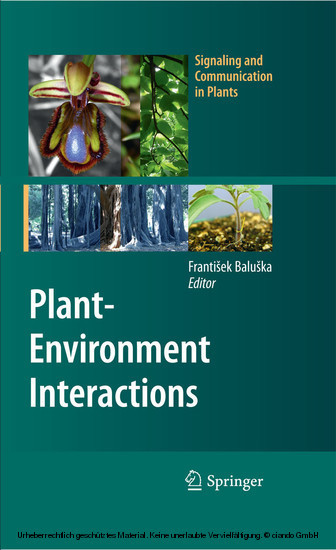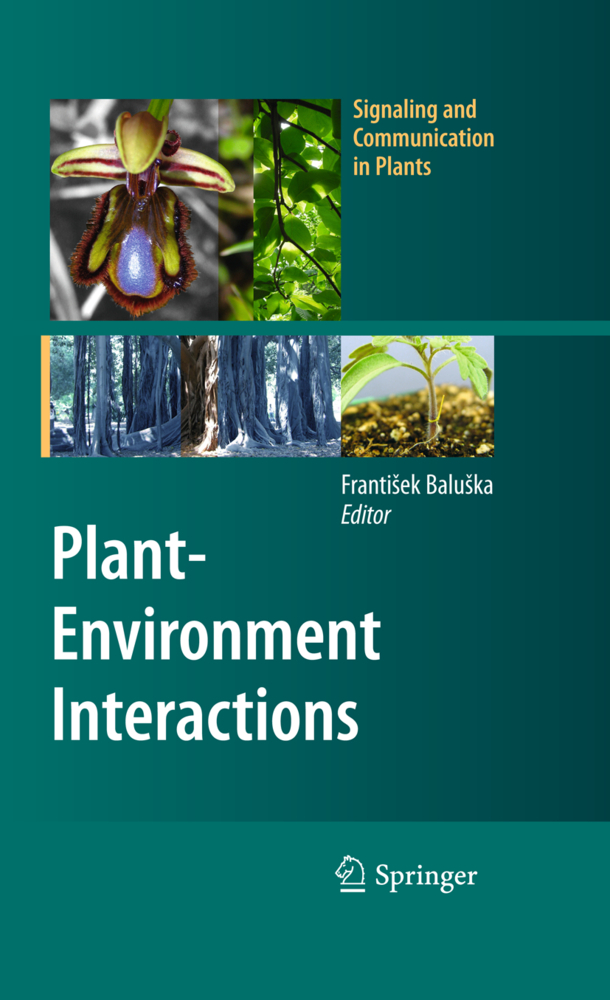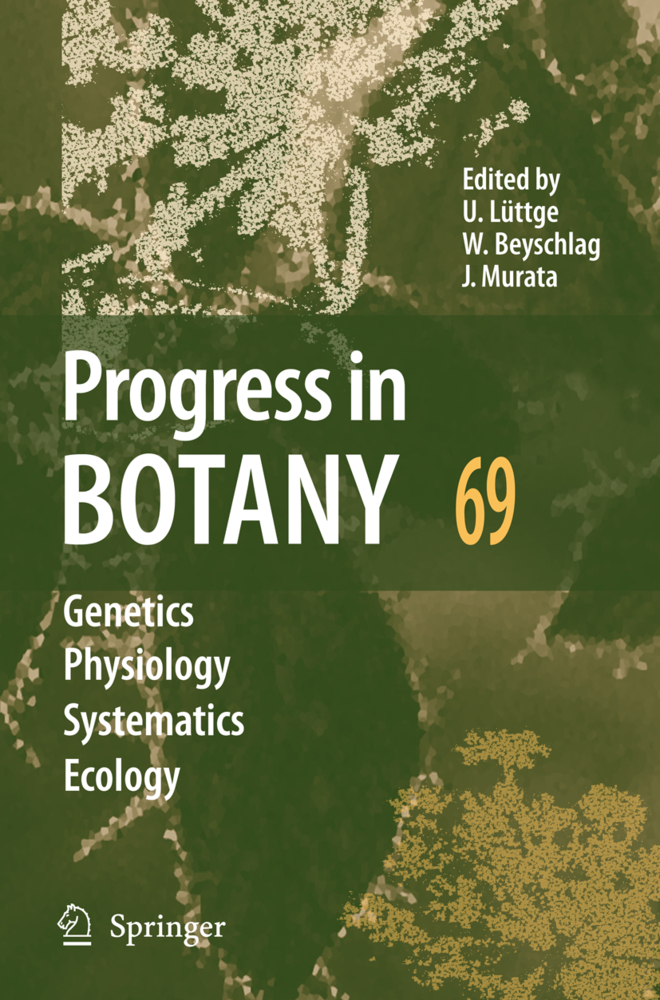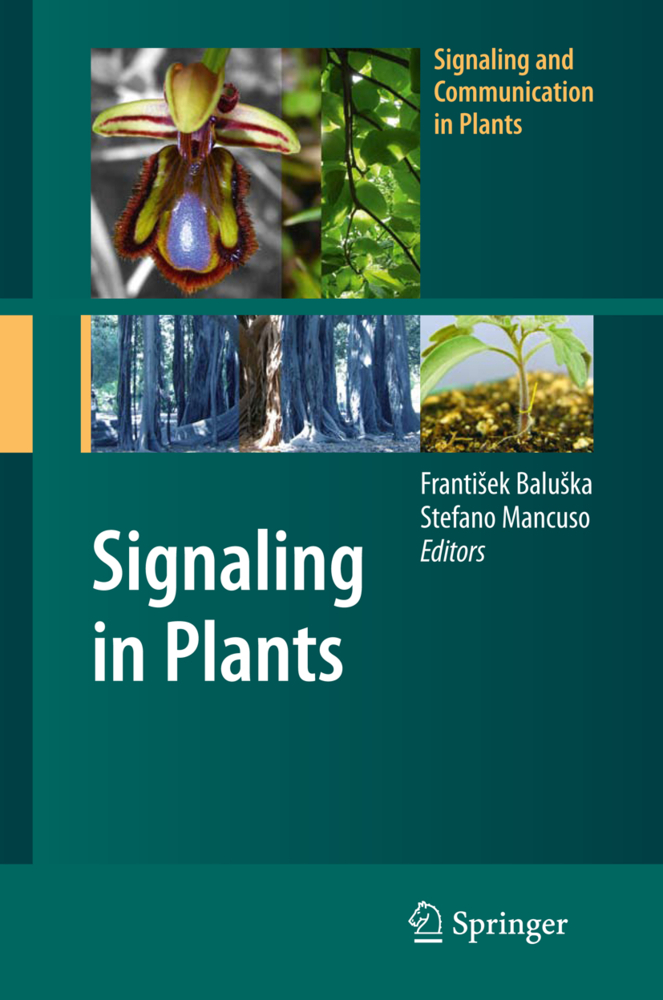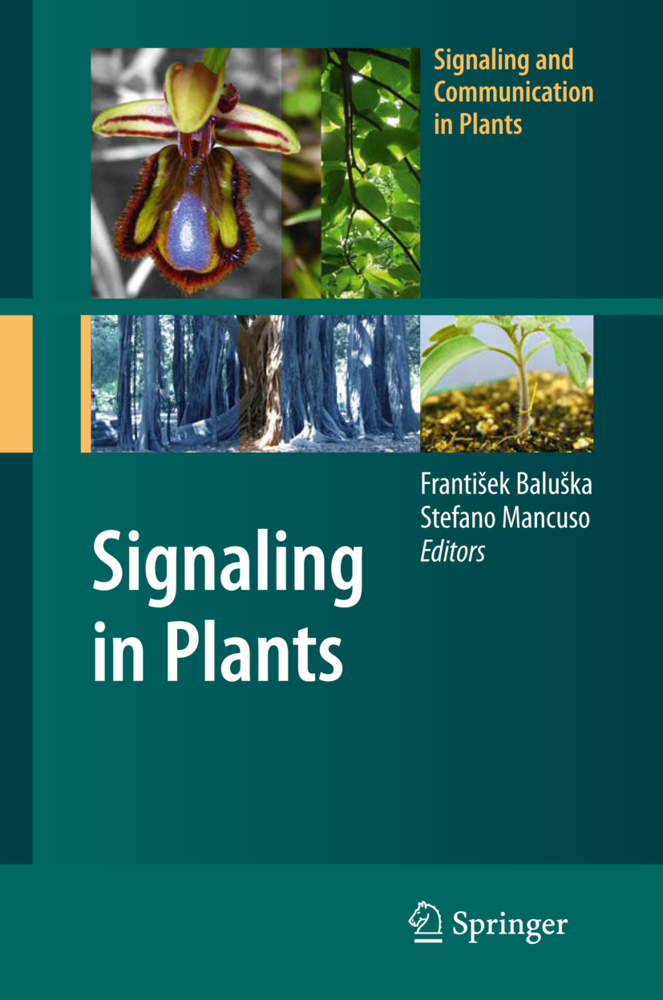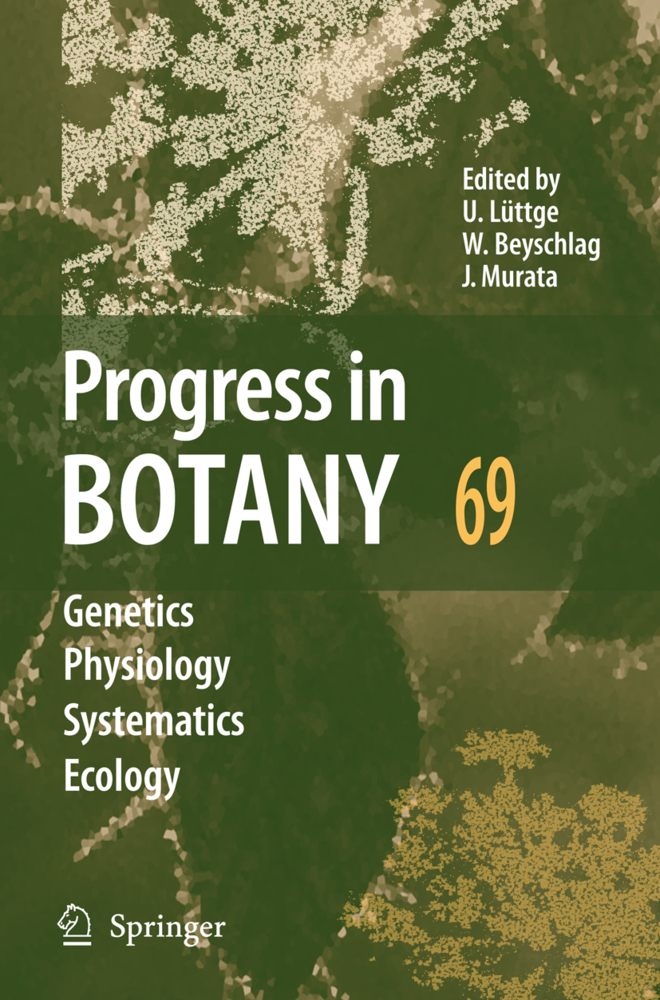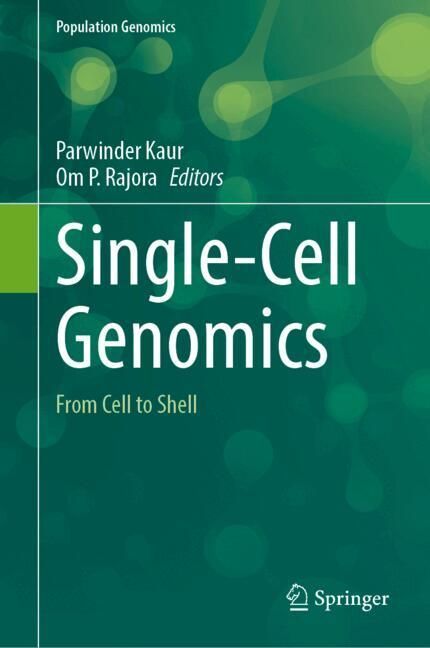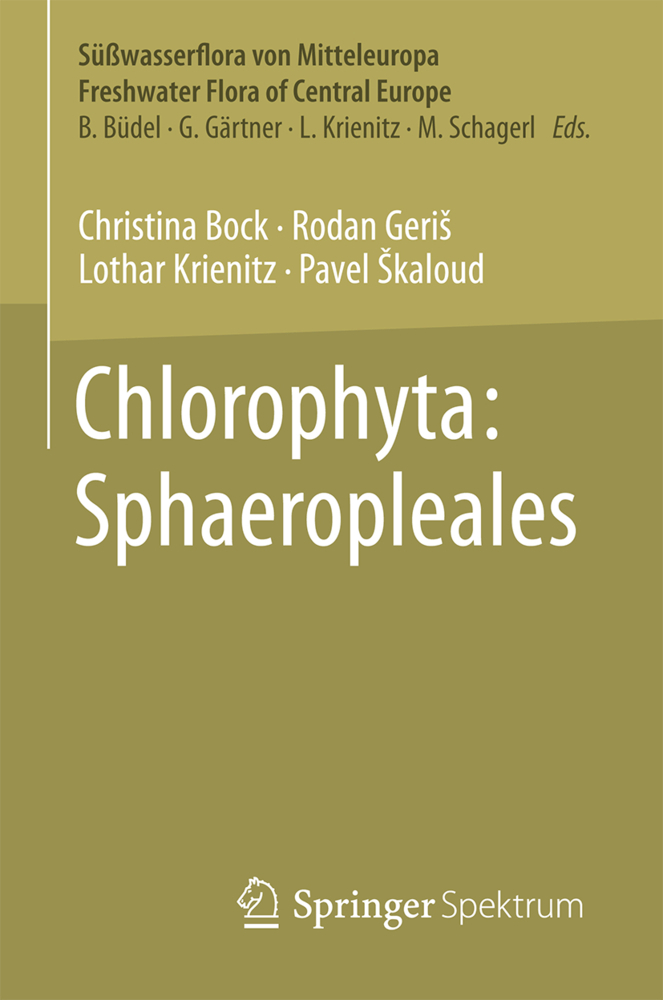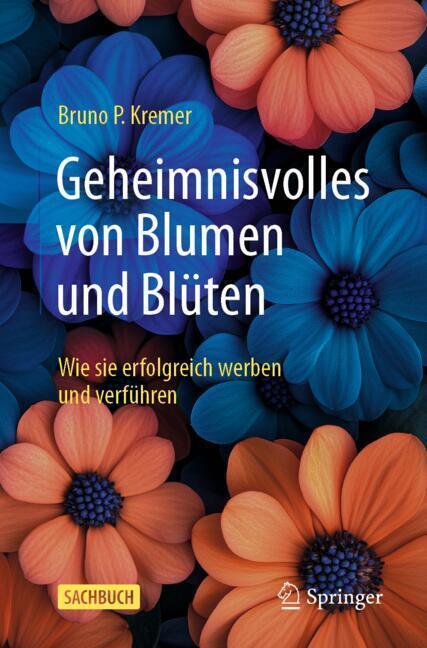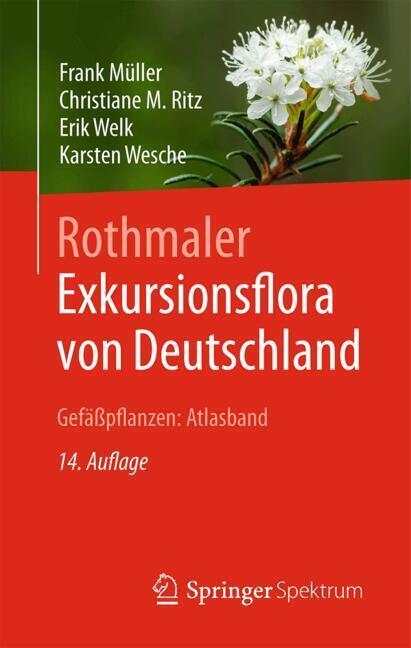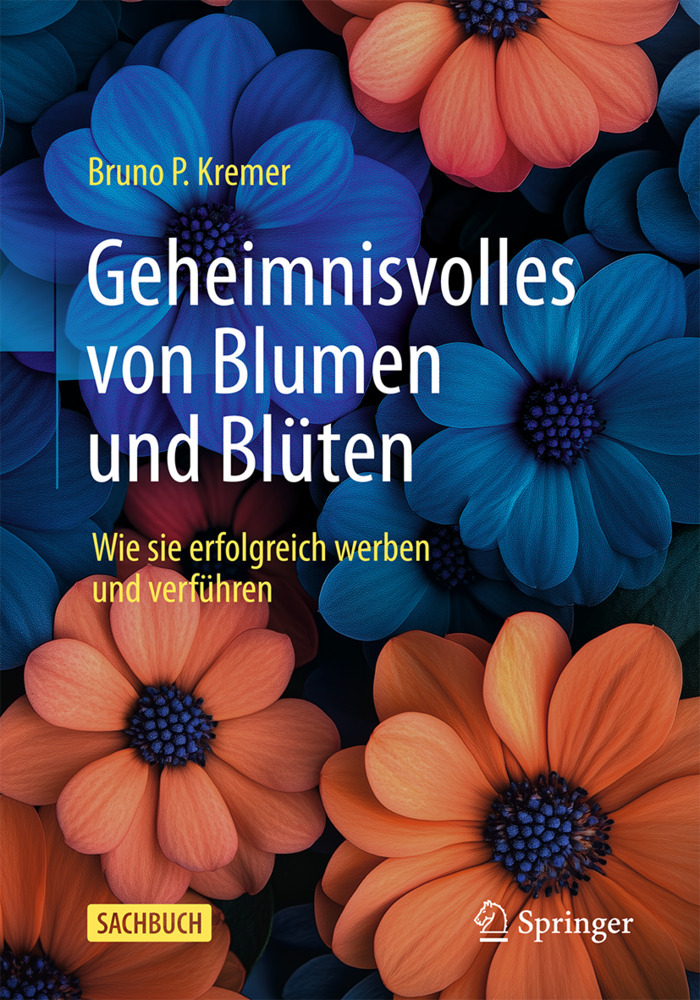Plant-Environment Interactions
From Sensory Plant Biology to Active Plant Behavior
Our image of plants is changing dramatically away from passive entities merely subject to environmental forces and organisms that are designed solely for the accumulation of photosynthate. Plants are revealing themselves to be dynamic and highly sensitive organisms that actively and competitively forage for limited resources, both above and below ground, organisms that accurately gauge their circumstances, use sophisticated cost-benefit analysis, and take clear actions to mitigate and control diverse environmental threats. Moreover, plants are also capable of complex recognition of self and non-self and are territorial in behavior. They are as sophisticated in behavior as animals but their potential has been masked because it operates on time scales many orders of magnitude less than those of animals. Plants are sessile organisms. As such, the only alternative to a rapidly changing environment is rapid adaptation. This book will focus on all these new and exciting aspects of plant biology.
1;Preface;6 1.1;Further Reading;7 2;Contents;8 3;Mechanical Integration of Plant Cells;10 3.1;1 Introduction;10 3.2;2 Mechanical Organization of Plant Cells;11 3.2.1;2.1 Constructing the Pathway for Mechanotransduction;13 3.3;3 Control of Cell Morphogenesis and Fate Determination;15 3.4;4 Responses of Plants and Plant Cells to Mechanical Stimuli;16 3.4.1;4.1 Osmoregulation in Plant Cells;17 3.4.2;4.2 Reactions to Touch;18 3.4.3;4.3 Responses to Gravity;20 3.5;References;22 4;Root Behavior in Response to Aluminum Toxicity;30 4.1;1 Introduction;30 4.2;2 Aluminum-Induced Inhibition of Root Growth;32 4.3;3 Mechanisms of Al-Induced Inhibition of Root Growth;33 4.3.1;3.1 Al-Induced Inhibition of Cell Expansion;34 4.3.2;3.2 Effects of Aluminum on Cell Division;37 4.3.3;3.3 Root Transition Zone: Site for Al Perception and Al Signal Transduction;40 4.4;4 Al Toxicity Mechanisms: Common Features in Plant and Animal Cells?;40 4.4.1;4.1 Actin-Myosin Network and Vesicle Trafficking: Common Targets for Al Toxicity in Plant and Brain Cells;41 4.5;5 Coordination of Root Developmental Features Under Al Stress;42 4.6;6 Aluminum Tolerance;44 4.7;7 Conclusions and Outlook;45 4.8;References;46 5;Communication and Signaling in the Plant- Fungus Symbiosis: The Mycorrhiza;54 5.1;1 Introduction;54 5.2;2 Communication and Signaling in Arbuscular Mycorrhiza ;56 5.2.1;2.1 Presymbiotic Events;56 5.2.2;2.2 AM Fungal Contact with Host Roots;58 5.2.3;2.3 Arbuscule and Symbiotic Interface Development;60 5.2.4;2.4 Role of Plastids in Communication in AM;62 5.3;3 Communication and Signaling in Ectomycorrhiza (ECM);66 5.3.1;3.1 Possible Signals in the ECM;67 5.3.2;3.2 Cytoskeleton and Signal Transduction;68 5.3.3;3.3 Impact of Nutrient Levels and Transport in Plant-Fungus Communication;69 5.3.4;3.4 How Do ECM Fungi Bypass Plant Defense Reactions?;70 5.3.5;3.5 Toward the Identification of Ectomycorrhiza-Specific Genes?;71 5.4;4 Conclusion and Future Prospects;71 5.5;References;71 6;Role of g -Aminobutyrate and g -Hydroxybutyrate in Plant Communication;82 6.1;1 Introduction;82 6.2;2 GABA and GHB Metabolism;84 6.3;3 Accumulation of GABA and GHB is a General Response to Stress;86 6.4;4 GABA and GHB Signaling Between Plants and Other Organisms;88 6.5;5 Conclusions and Future Prospects;89 6.6;References;89 7;Hemiparasitic Plants: Exploiting Their Host's Inherent Nature to Talk;94 7.1;1 Introduction;94 7.2;2 Purpose of Review;96 7.3;3 Evolution of Parasitism;96 7.3.1;3.1 Transition from Autotroph to Facultative Hemiparasite: The Origin of Haustoria;97 7.3.2;3.2 Facultative Hemiparasite to Obligate Hemiparasite: Increased Host Specificity;98 7.3.3;3.3 Obligate Hemiparasite to Holoparasite: Loss of Autotrophic Functions;99 7.4;4 Hemiparasite Families;99 7.4.1;4.1 Orobanchaceae;99 7.4.2;4.2 Santalales;100 7.4.3;4.3 Convolvulaceae;101 7.4.4;4.4 Lauraceae;101 7.4.5;4.5 Krameriaceae;101 7.5;5 The Parasitism Process with Specific Reference to Host Determination;101 7.5.1;5.1 Germination;101 7.5.2;5.2 Early Haustorium Development;102 7.5.3;5.3 Post-Attachment Physiology;103 7.6;6 Conclusions;105 7.7;References;105 8;Host Location and Selection by Holoparasitic Plants;110 8.1;1 Introduction ;110 8.1.1;1.1 Plant Behavior;110 8.1.2;1.2 The Behavior of Parasitic Plants;112 8.2;2 The Lifestyle of Parasitic Plants;112 8.3;3 Strategies for Seed Dispersal and Host Location ;114 8.3.1;3.1 Seed Dispersal Strategies;114 8.4;4 Seed Germination ;115 8.4.1;4.1 Seed Dormancy and Germination Requirements;115 8.4.2;4.2 Germination Stimulants;117 8.5;5 Host Location and Selection by Foraging Seedlings;121 8.6;References;123 9;Plant Innate Immunity;128 9.1;1 Introduction;128 9.2;2 Recognition and Response at the Plant Cell Surface ;131 9.2.1;2.1 Microbe-Associated Molecular Patterns and Pattern Recognition Receptors;131 9.2.2;2.2 Signaling Downstream of PRR Activation;132 9.3;3 Immune Responses Mediated by Plant Resistance Proteins ;133 9.3.1;3.1 Pathogen Virulence Through the Delivery of Effecto
Baluska, Frantisek
| ISBN | 9783540892304 |
|---|---|
| Artikelnummer | 9783540892304 |
| Medientyp | E-Book - PDF |
| Auflage | 2. Aufl. |
| Copyrightjahr | 2009 |
| Verlag | Springer-Verlag |
| Umfang | 308 Seiten |
| Sprache | Englisch |
| Kopierschutz | Digitales Wasserzeichen |

